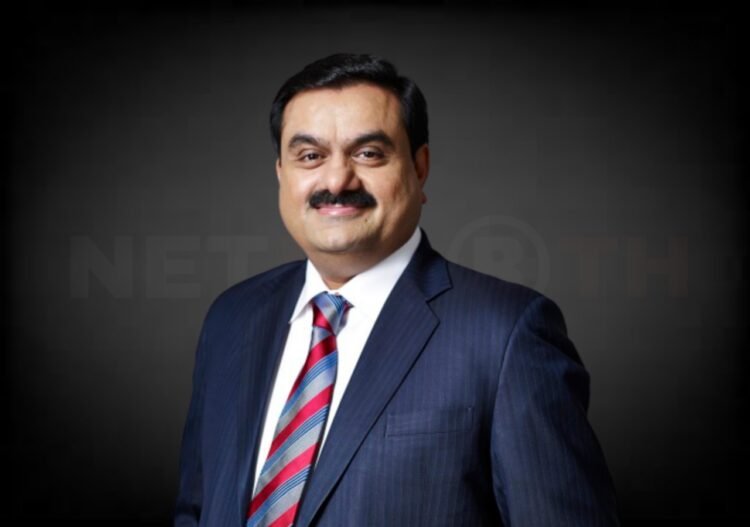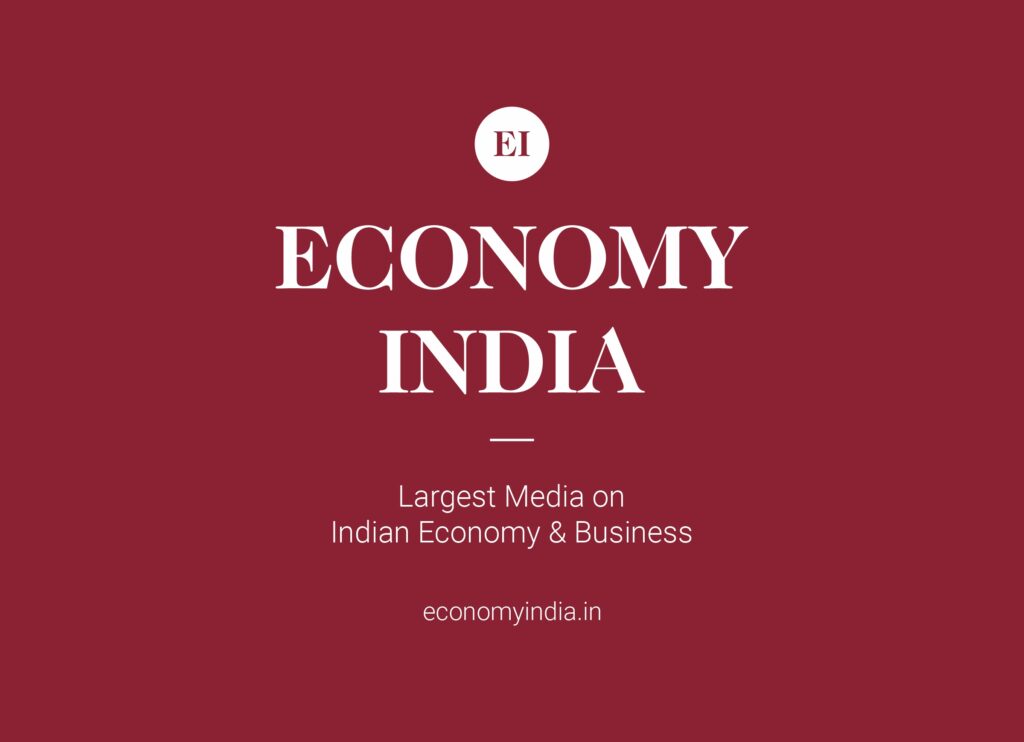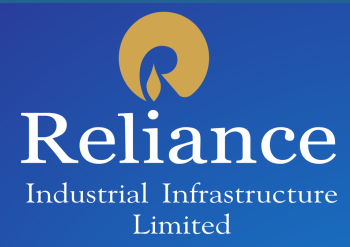New Delhi (Economy India): Billionaire Gautam Adani’s Adani Group has unveiled an ambitious investment roadmap worth $60 billion (₹5.34 lakh crore) across power generation, renewable energy, and transmission-distribution by FY2032. The mega plan underlines the conglomerate’s strategy to meet India’s surging electricity demand while strengthening the country’s energy security and self-reliance.
According to the group, the investments will be spread across renewables (₹1.85 lakh crore), transmission-distribution (₹1.50 lakh crore), and thermal power (₹1.94 lakh crore), making it one of the largest private-sector commitments in India’s power sector.

Renewable Energy: ₹1.85 Lakh Crore for a Greener Future
The group’s flagship clean energy arm, Adani Green Energy Ltd (AGEL), will spearhead the renewables push. AGEL currently operates a renewable portfolio of 14.2 GW, but plans to expand to 50 GW by FY2030, making it one of the world’s largest renewable energy developers.
- Investment: $21 billion (~₹1.85 lakh crore)
- Focus Areas: Large-scale solar and wind power projects, grid integration, and operations.
- Objective: Contribute to India’s target of 571 GW renewable capacity by 2032.
This aligns with India’s climate commitments and the global shift away from fossil fuels.
Transmission & Distribution: ₹1.50 Lakh Crore Expansion
Adani Energy Solutions Ltd (AESL), responsible for power transmission and distribution, will invest $17 billion (~₹1.50 lakh crore) to expand India’s grid network and modernize energy infrastructure.
- Target: Increase transmission lines from 19,200 km to 30,000 km by FY2030.
- Innovation: Smart metering, digital grid solutions, and cooling technologies.
- Strategic Goal: Strengthen India’s position as one of the world’s largest interconnected power grids.
This investment is crucial as India’s power demand becomes more decentralized with renewables feeding into the grid at multiple points.
Thermal Power: ₹1.94 Lakh Crore to Meet Base Demand
While renewables dominate the global discourse, Adani Power Ltd (APL) remains committed to expanding coal-based capacity to ensure reliable supply.
- Investment: $22 billion (~₹1.94 lakh crore)
- Capacity Expansion: From 17.6 GW currently to 41.9 GW by FY2032.
- Footprint: Existing operations span Gujarat, Maharashtra, Karnataka, Rajasthan, Chhattisgarh, Madhya Pradesh, Jharkhand, and Tamil Nadu.
APL argues that coal will remain India’s energy backbone—stabilizing supply during renewable fluctuations and supporting industrial growth.
India’s Electricity Landscape: A Growing Opportunity
Adani’s investment is part of a broader growth story in India’s electricity sector:
- Total Power Capacity (2025): 475 GW
- Projected Capacity (2032): 1,000 GW (11% CAGR)
- Investment Potential: $500 billion (~₹44.08 lakh crore) by 2032
Key Segments:
- Renewables: India is currently the world’s 4th largest renewable energy market with 172 GW installed. Target is 571 GW by 2032, requiring $300 billion investment.
- Thermal Power: Capacity to rise from 247 GW (2025) to 309 GW (2032). Requires 80 GW additional coal-based projects, worth ~$91 billion.
- Transmission: Grid length to expand from 4,94,000 km (2025) to 6,48,000 km (2032), involving ~$110 billion investment.
Adani Group’s Strategic Positioning
By diversifying across all three segments—renewable, thermal, and transmission—the Adani Group is positioning itself as India’s most integrated private energy player.
- Renewables: Long-term growth and ESG-driven investments.
- Thermal: Short-to-medium term stability for industrial and household demand.
- Transmission: Critical enabler for both renewable and conventional supply.
This balanced approach ensures risk mitigation while capturing opportunities across India’s $500 billion electricity market.
Gautam Adani’s Vision
Speaking about the investment plan, Gautam Adani said the group’s commitment goes beyond business metrics. “India’s energy transition is one of the most important shifts in the global economy. Our investments are not just about growth—they are about powering India’s aspirations, ensuring self-reliance, and building sustainable energy ecosystems.”
Adani stressed that the group’s integrated approach—combining renewables, thermal, and transmission—would allow India to achieve both energy access and energy transition goals.
Challenges and Concerns
While the investment is ambitious, analysts caution about execution risks:
- Debt Burden: Adani Group already carries significant debt; additional $60 billion investment could raise leverage concerns.
- Regulatory Risks: Energy pricing, coal supply constraints, and renewable tariffs could impact profitability.
- Global Pressures: ESG investors are increasingly critical of coal expansion, which may limit financing options.
- Execution Risks: Building large-scale projects within tight timelines requires flawless implementation.
However, supporters argue that Adani’s scale, political alignment, and track record make it one of the few players capable of delivering such projects.
Expert Perspectives
- Raghav Bahl, Energy Economist: “Adani’s investment roadmap mirrors India’s dual-track strategy—pushing renewables aggressively while keeping coal as a safety net. This is pragmatic given India’s rising demand.”
- Meera Iyer, Climate Analyst: “The big worry is coal. While renewables investments are commendable, the scale of thermal expansion risks locking India into high emissions for decades.”
- Prakash Rao, Power Sector Consultant: “Transmission is often the missing link in India’s energy story. Adani’s grid investments could be transformational in integrating renewable capacity into the national system.”
Powering India’s Next Decade
Adani Group’s ₹5.34 lakh crore investment plan is more than a corporate strategy—it’s a bet on India’s future as one of the world’s fastest-growing electricity markets.
If executed successfully, the investments will:
- Expand India’s renewable footprint globally.
- Provide stable energy security through coal.
- Strengthen transmission infrastructure to meet rising demand.
With India expected to double its power capacity by 2032, Adani’s vision aligns with the nation’s energy independence and global competitiveness. But the balance between sustainability and reliability will remain the central debate as the group—and India—power into the next decade.
(Economy India)













